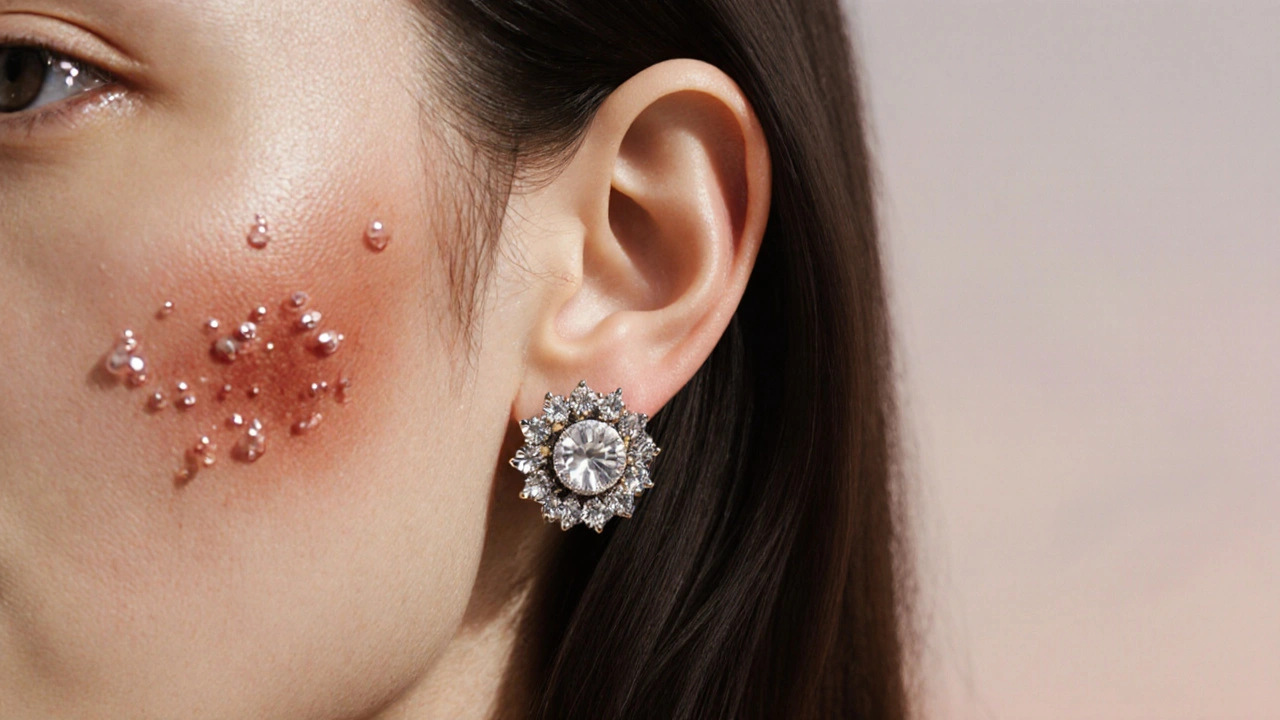Patch Test: Essential Guide to Safe Skincare and Makeup
When working with patch test, a quick method of applying a tiny amount of a product on the skin to check for irritation. Also known as skin sensitivity test, it helps you avoid breakouts, itching, or long‑term damage before committing to a new cream or lipstick.
Patch testing connects directly to dermatitis, inflammation of the skin that often shows up as red, itchy patches. When you know you’re prone to dermatitis, the test becomes a safety net, letting you spot trouble before a full‑face application. It also ties into hypoallergenic cosmetics, beauty products formulated to minimize allergic reactions. Choosing hypoallergenic items reduces the odds of a flare‑up, but a patch test still confirms compatibility with your unique skin chemistry.
Another key player is skin sensitivity, the degree to which your skin reacts to external substances like fragrance, dyes or preservatives. Everyone’s sensitivity level differs, so the test tailors product selection to you. Think of it as a personal lab: you apply a small dot of the product on your inner forearm or behind the ear, wait 24‑48 hours, and observe any redness, swelling, or tingling. If nothing shows up, you’re likely safe to use the product more broadly.
Why a Patch Test Matters in Everyday Beauty
Most people skip the test because they assume a product is “safe” or “gentle.” Yet even premium brands can contain hidden irritants. A single reaction can lead to costly dermatologist visits, lost confidence, and a break in your skincare routine. By integrating a patch test, you gain three advantages: early detection of potential allergens, confidence when trying new trends, and a clearer understanding of which ingredients truly suit you.
Practical steps are simple. First, clean a small area with mild soap and let it dry. Next, dab a pea‑size amount of the product onto the spot. Cover with a bandage if the product is liquid, then leave untouched for at least 48 hours. Monitor for signs like redness >5 mm, swelling, or a burning sensation. If any appear, wash the area with lukewarm water and avoid the product. If you’re testing multiple items, space them out on different skin regions to keep results distinct.
Beyond cosmetics, patch tests are useful for medical creams, sunscreen, hair dyes, and even dietary supplements that can cause contact dermatitis. For those with chronic skin conditions—eczema, psoriasis, or rosacea—the test becomes a routine part of product scouting, ensuring flare‑ups stay in check.
Understanding the relationship between patch testing, dermatitis, and hypoallergenic products helps you build a smarter beauty arsenal. You’ll learn which fragrance‑free formulas truly live up to their claims and which ingredients—like parabens, sulfates, or certain essential oils—should stay off your skin.
Below you’ll find a curated collection of articles that dive deeper into each of these topics. From step‑by‑step guides on choosing dermatitis‑safe makeup to comparisons of popular probiotic supplements, the posts provide concrete tips you can apply right away. Explore the list to expand your knowledge and keep your skin happy.
Nickel Allergy and Contact Dermatitis: What’s the Link and How to Manage It
Learn how nickel allergy causes contact dermatitis, spot common sources, get diagnosed with patch testing, and find practical treatment and avoidance tips.
read more

